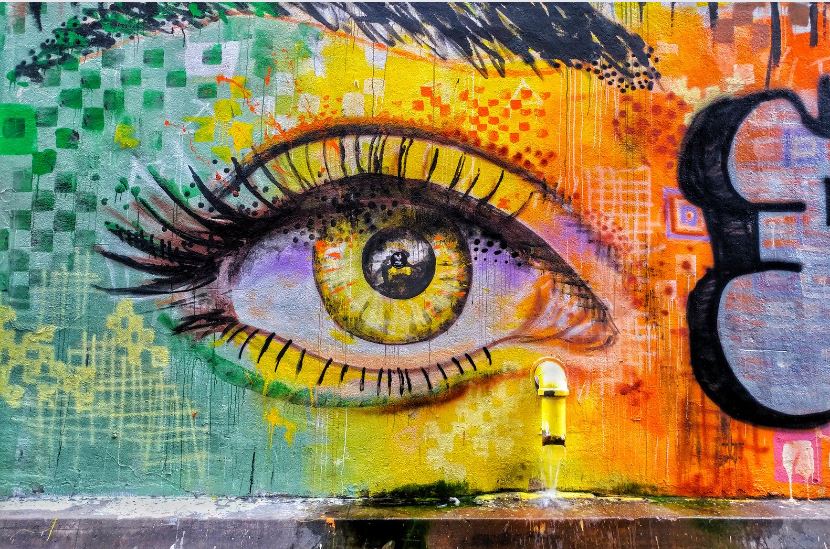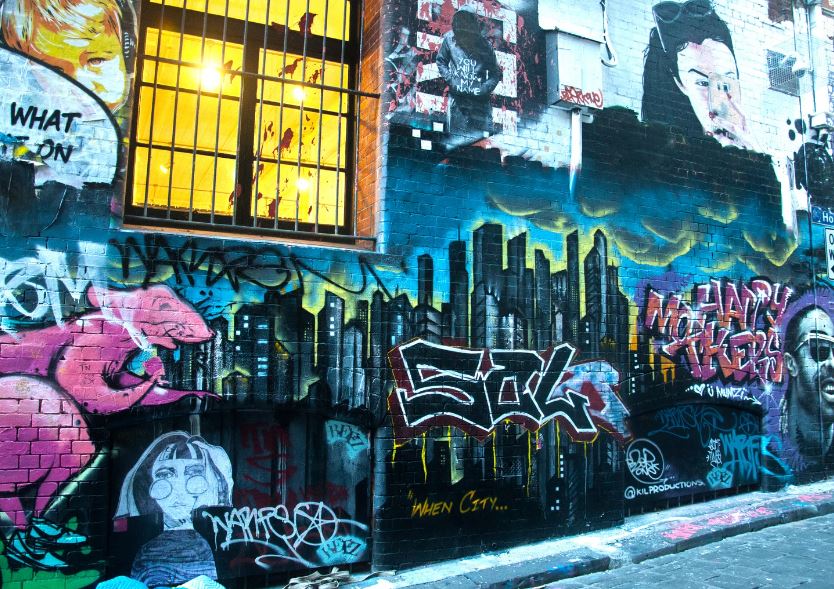In the ever-evolving world of technology, innovation often brings excitement, but sometimes, it sparks controversy. Recently, a video showcasing a wall graffiti created by an AI-powered printer ignited a heated debate on X (formerly Twitter). The video, shared by a user who goes by the handle @BombingScience, featured a robotic machine swiftly painting an intricate design on a wall. However, instead of admiration, the post was met with widespread disapproval, raising questions about the role of AI in art.
The Viral Video
The video that set off the debate showed an AI-powered machine meticulously printing a piece of graffiti on a wall. The machine’s precision was undeniable, moving methodically to replicate a design that would typically take a human artist hours, if not days, to complete. But it wasn’t the technical prowess of the machine that caught the attention of viewers—it was the perceived lack of creativity and soul in the final product.
The user who shared the video captioned it with a simple but poignant question: “Sorry, what’s the fun in this? 🤔” The post quickly gained traction, with many of his followers and other X users chiming in with their thoughts.
The Public’s Response
The reaction from the public was overwhelmingly negative. Many users expressed that while the technology was impressive, it missed the essence of what makes graffiti art so special. One user commented, “yeah, and even if it was by hand it is bad. lol.”

Another echoed this sentiment, stating, “I’m against AI art so NO.”

Others pointed out the loss of human touch in the artwork. “Looks like a giant sticker rather than actual paint.”” one user wrote.

The general consensus seemed to be that while AI can replicate the appearance of graffiti, it cannot capture the spirit and emotion that human artists pour into their work.
The Role of AI in Art
The debate over the AI graffiti printer touches on broader questions about the role of AI in creative fields. While AI has made significant strides in areas like music composition, painting, and writing, its role in these fields is still hotly contested. Many argue that creativity is inherently human, and that while AI can assist or inspire, it cannot truly create.
In the case of graffiti, a form of art that has deep roots in cultural expression, rebellion, and individualism, the intrusion of AI feels particularly jarring to many. Graffiti has always been about more than just the image on the wall—it’s about the story behind it, the artist’s message, and the connection with the community. When a machine takes over, that connection is lost.
The Future of AI and Art
As AI continues to advance, its role in creative fields will likely continue to grow, sparking more debates like this one. Some may argue that AI could open new doors for artistic expression, allowing for collaborations between human artists and machines. Others will undoubtedly continue to resist, holding on to the belief that art should remain a purely human endeavor.

For now, the public’s response to the AI graffiti printer is clear: while the technology may be impressive, it cannot replace the human element that makes art meaningful. As one X user aptly put it, “You can print a picture, but you can’t print a soul.”
The conversation sparked by @streets_artnak’s post is far from over. As more AI-driven art projects emerge, society will continue to grapple with the question: Can a machine truly create art, or is it simply imitating what it will never fully understand? For many, the answer lies in the heart of the artist, not the precision of the machine.
Stay with Digital Blogly for the latest and most exciting news that will keep you entertained all day.
